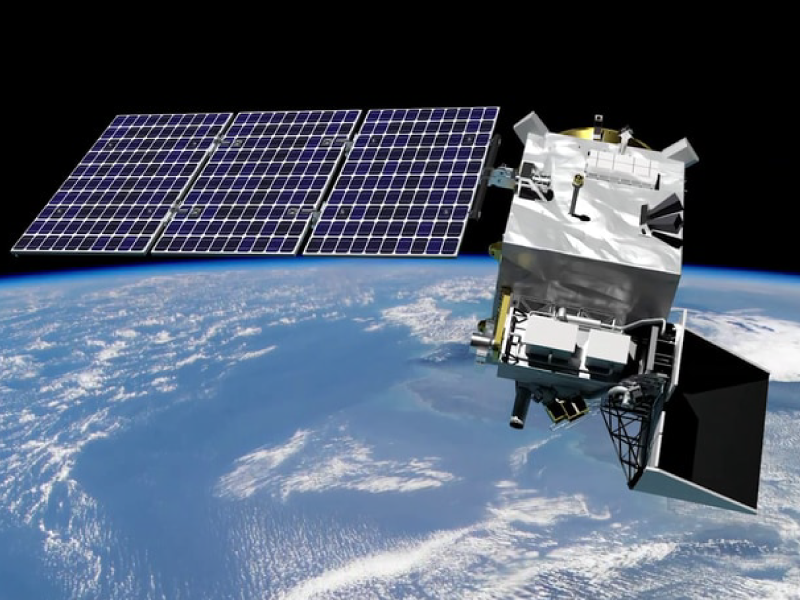The NASA Plankton, Aerosol, Cloud, Ocean Ecosystem (PACE) Mission: An Overview and Updates on Mission Status
December 12, 2019AGU Fall Meeting, San Francisco, CA USA
The NASA Plankton, Aerosol, Cloud, ocean Ecosystem (PACE) mission will extend key heritage ocean color, cloud, and aerosol data records and enable new insight into oceanographic and atmospheric responses to Earth's changing climate. PACE's primary instrument is a global-coverage spectrometer that spans the ultraviolet to near-infrared region at 5 nm resolution with seven discrete shortwave infrared bands from 940 to 2260 nm. This quantum leap in technology will enable improved understanding of aquatic ecosystems and biogeochemistry, provide new information on phytoplankton community composition, and improve detection of algal blooms. PACE's spectrometer will also continue many aerosol and cloud capabilities from MODIS and VIIRS and will be complemented by two cubesat-sized multi-angle hyperspectral and hyperangular polarimeters making measurements, which will significantly improve aerosol and hydrosol characterizations, provide opportunities for novel ocean color atmospheric correction, and offer unique space-borne cloud observations.
Scheduled for launch in 2022, this PACE instrument suite will revolutionize studies of global biogeochemistry, carbon cycles, and hydrosols / aerosols in the ocean-atmosphere system. This Town Hall targets all AGU members with interest in Earth system remote sensing and will provide a PACE mission overview and update as the three instruments move past their design reviews and into fabrication. AGU
Scheduled for launch in 2022, this PACE instrument suite will revolutionize studies of global biogeochemistry, carbon cycles, and hydrosols / aerosols in the ocean-atmosphere system. This Town Hall targets all AGU members with interest in Earth system remote sensing and will provide a PACE mission overview and update as the three instruments move past their design reviews and into fabrication. AGU


